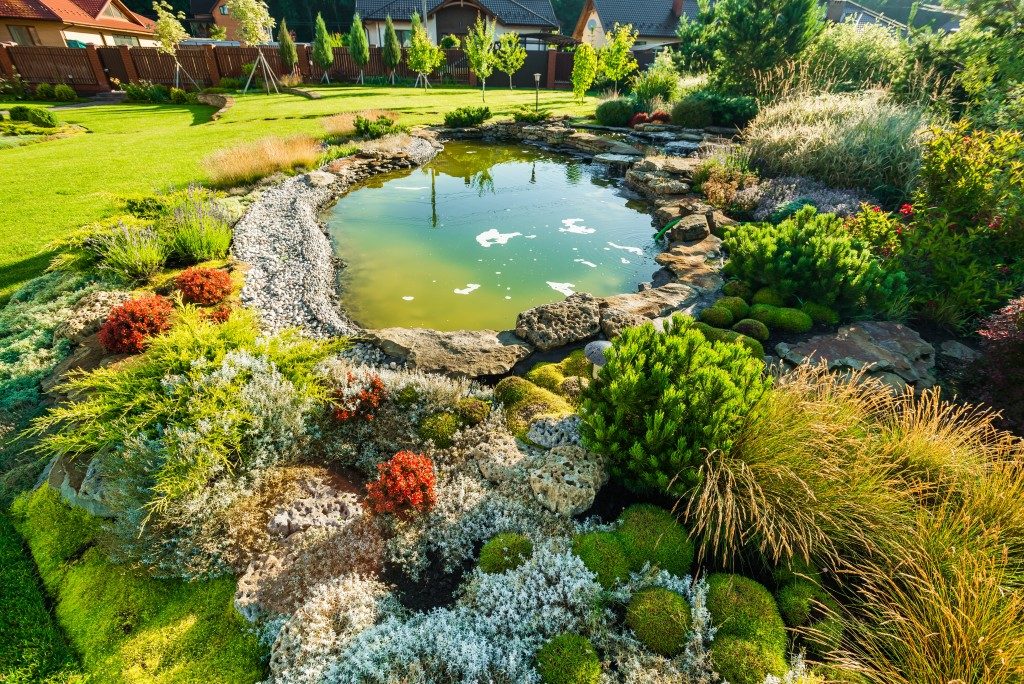The one you might not think about when you’re looking at houses in the suburbs or land for sale in masterplanned communities is the soil. But you should, especially if you love to garden or want to start one. It’s safe to say that the soil of a home located in Victoria would differ from the soil in New South Wales.
Ask your real estate agent to check the lot’s soil composition However, if they don’t know, you may do simple soil tests on your own.
Testing Soil on Your Land
You can do the squeeze test or the ribbon test, which determines the texture of the soil. Take a small handful of the soil, making sure that it’s moist for both tests; it has to be damp but not wet. You’ll need to rub some soil between your fingers for the squeeze test. If the soil is gritty, then you’ll know the composition is mostly sand. If it’s slimy or slick, then you’ll have mostly clay in your soil
When doing the ribbon test, you need to squeeze the soil between your thumb and forefinger to create the longest but thinnest ribbon. More clay in the soil means getting a longer ribbon. A ribbon that flakes means you’ll have more silt in your soil.
So why do you need to know the soil composition in your new property? Good soil means lush, thriving plants and grass. Which type is better?
What Type of Soil Does Your Land Have?
Clay
Clay soil is lumpy and sticky when wet, and rock hard when dry. It’s also poor at draining with less air spaces, and warms up slowly in spring. It’s pretty heavy to cua ltivate. If you’re able to enhance its drainage, your plants may develop well. You can grow perennials, shrubs, fruit trees, ornamental trees and summer vegetable crops with clay soil.
Sand
Sandy soil is gritty. It drains and dries easily, and is easy to cultivate. It warms up fast in spring, but holds less nutrients due to it being easily broken down and washed away. Try using mulch or other soil inoculants to supplement its nutrients. You can grow certain shrubs, bulbs and vegetable root crops with this soil.
Silt

With soft and soapy soil, your garden will hold moisture well and be rich in nutrients. It’s also easy to cultivate. Manage its drainage well through adding composted organic matter. Certain shrubs, climbers, grasses, perennials, vegetable crops and fruit crops thrive when on this kind of soil.
Peat
Peaty soil is dark, and feels damp and spongy. It is acidic, which slows down decomposition and results in the soil having less nutrients. It heats up quickly during spring, and retains a lot of water. Improve its drainage and lessen its acidity by blending it with organic matter, compost or lime. You can grow certain shrubs and vegetable crops here.
Chalk
Chalky soil is large grained and stony. It’s also free draining and alkaline in nature, which leads to stunted growth for plants. Remedy this by fertilising your soil and balancing its pH levels. It is also advised to add humus for its water retention. You can certain grow trees, bulbs, shrubs, and vegetables here.
A heathy, gorgeous garden can become the focal point of your new home. So when you’re starting one, make sure you know you’ve got good soil on your land.

